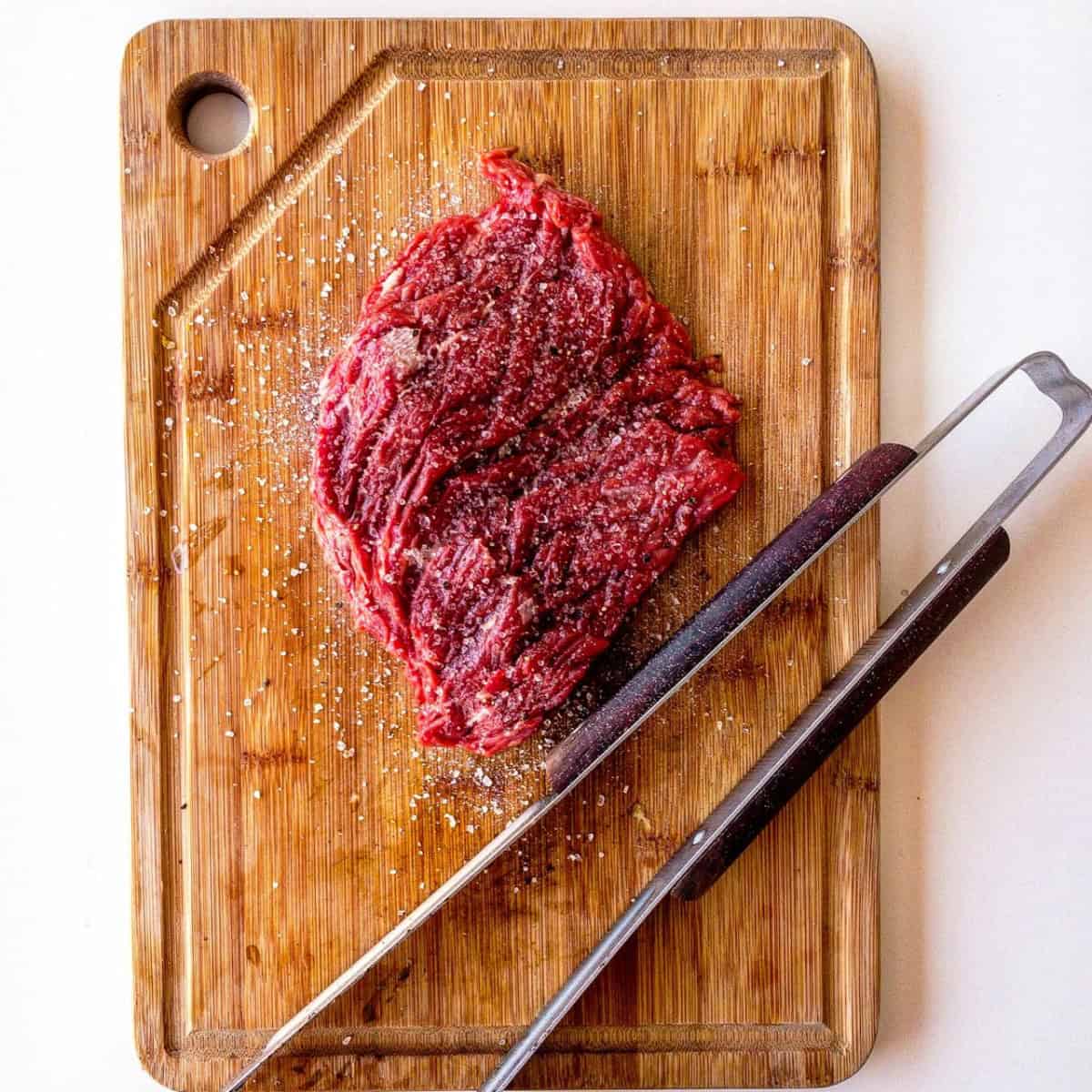Ordering made-to-measure curtains online can transform your living space, but it's easy to make mistakes that lead to disappointment. Accurate measurements are crucial for achieving the perfect fit and desired look. Many homeowners overlook the importance of proper fullness calculations, which can result in curtains that appear too thin or overly bulky.
Fabric selection is another critical aspect often underestimated. The right material not only enhances your interior design but also affects the curtains' functionality. Ignoring factors like light filtering properties, durability, and care requirements can lead to regrettable choices, making it essential to consider these elements carefully before purchasing. For example, working with experts like a made to measure curtains supplier in the UK or in other countries can help ensure you find the perfect fabric that balances both style and practicality for your home. Additionally, a professional supplier can guide you in selecting fabrics that will stand up to wear and tear while maintaining their aesthetic appeal over time. This tailored approach helps you make an informed decision, resulting in a more satisfying and lasting purchase.
Key Takeaways
- Precise measurements and fullness calculations are essential for well-fitting curtains
- Careful fabric selection impacts both aesthetics and functionality
- Choosing a reputable supplier can help avoid common ordering pitfalls
Understanding Made-to-Measure Curtains
Made-to-measure curtains offer a tailored solution for window treatments. They provide a perfect fit and allow for customization in style, fabric, and functionality.
Importance of Accurate Measurements
Precise measurements are crucial for made-to-measure curtains. Measure the width of the window from edge to edge. For length, measure from the top of the curtain pole or track to where you want the curtains to fall.
Consider the curtain heading style when measuring. Eyelet curtains typically require less fabric than pencil pleat or pinch pleat styles.
Always double-check measurements before ordering. A small error can result in curtains that are too short or too narrow.
Choosing the Right Curtain Styles
Curtain styles significantly impact the overall look of a room. Pencil pleat curtains offer a classic, versatile appearance suitable for most interiors.
Eyelet curtains provide a modern, streamlined look. They hang in deep, uniform folds and are easy to open and close.
Pinch pleat curtains create a formal, tailored appearance. They work well in traditional or elegant settings.
Consider the room's decor and the desired ambiance when selecting a curtain style. Each heading type affects how the curtains hang and gather when closed.
Selecting Appropriate Fabrics and Linings
Fabric choice affects the curtains' appearance, functionality, and longevity. Heavy fabrics like velvet or brocade offer excellent insulation and light-blocking properties.
Lighter fabrics such as cotton or linen allow more natural light and are ideal for a breezy, casual look.
Curtain linings enhance the fabric's drape and provide additional benefits. Standard linings offer basic protection, while blackout linings block light and improve insulation.
Interlining adds thickness and improves the curtains' hang. It's particularly beneficial for lightweight face fabrics.
Consider the room's purpose when selecting fabrics and linings. Bedrooms may benefit from blackout linings, while living areas might prioritize aesthetics over light control.
Correct Measurement and Installation Techniques
Accurate measurements and proper installation are crucial for achieving well-fitting, attractive curtains. Attention to detail during these steps can make a significant difference in the final look and functionality of your window treatments.
Measuring for Width and Length
Start by measuring the width of your window or curtain rod. Take measurements at the top, middle, and bottom to account for any irregularities. For curtain width, multiply the rod length by 1.5-2.5 times for proper fullness.
For length, measure from the rod to where you want the curtains to fall. Consider the curtain style - floor-length, sill-length, or puddling. Add extra inches if using rings or clips.
Double-check all measurements before ordering. Even small errors can lead to ill-fitting curtains.
Installation of Curtain Rods and Tracks
Choose a rod or track that can support the weight of your curtains. Install brackets 4-6 inches above the window frame and 3-4 inches beyond each side for optimal light control and appearance.
Use a level to ensure the rod is straight. Mark bracket positions carefully before drilling. For heavy curtains, use wall anchors for added support.
Consider motorized tracks for convenience, especially with hard-to-reach windows or for individuals with mobility issues.
Avoiding Common Measuring and Fitting Mistakes
Don't assume all windows are standard sizes. Measure each window individually, even if they appear identical. Account for any obstructions like radiators or furniture.
Avoid measuring inside the window frame for outside-mounted curtains. This can result in curtains that are too narrow or short.
Don't forget to factor in hem allowances when measuring length. Typically, add 3-4 inches for a double-folded hem.
Be cautious of uneven floors when measuring for floor-length curtains. Measure from the rod to the floor at multiple points along the window's width.
Conclusion
Ordering made-to-measure curtains online requires careful attention to detail. Accurate measurements, fabric selection, and style choices are crucial for achieving the desired look.
Double-checking all specifications before finalizing an order helps avoid costly mistakes. By being mindful of common pitfalls and following expert advice, customers can ensure their custom curtains fit perfectly and enhance their living spaces.
With proper planning and consideration, made-to-measure curtains can be a worthwhile investment that elevates home décor for years to come.





Leave a Reply